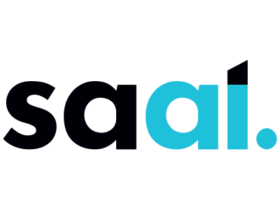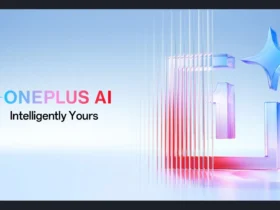Computer Vision (CV) is a niche subset of Artificial Intelligence that is bridging the gap between science fiction and reality. Novels, movies, and audio dramas from the previous century had captivating sagas of machines seeing their environments like humans would do and interacting with them. But today, all this is a reality thanks to CV models.
Be it a simple task like unlocking your smartphone through facial recognition or a complex use case of diagnosing machinery in Industry 4.0 environments, computer vision is changing the game in terms of recalibrating conventional operating methodologies. It’s paving the way for reliability, quick conflict resolution, and detailed reporting across its use cases.
However, how precise and accurate the outcomes of a CV model is boiled down to the quality of its training data. Let’s dissect this a little more.
AI Training Data Quality Is Directly Proportional To CV Models’ Outputs
At Shaip, we have been reiterating the significance and criticality of quality datasets in training AI models. When it comes to niche applications involving computer vision, specifically humans, it becomes all the more crucial.
Diversity in datasets is essential to ensure computer vision models function the same way globally and do not exhibit bias or unfair outcomes for specific races, genders, geography, or other factors because of the lack of datasets available for training.
To further break down the importance of diversity in humans in training CV models, here are compelling reasons.
- To prevent historical bias and improve fairness in processing humans without any discrimination or bias
- For the robust performance of models to ensure computer vision works perfectly fine even for images with dull lighting, poor contrast, different facial expressions, and more
- To foster an inclusive functionality of the model for people with different lifestyle and appearance choices
- To avoid legal or reputational harm from consequences such as misidentification
- To improve responsibility in AI-driven decision-making and more
How To Achieve Diversity In Sourcing Human Faces For Computer Vision Models
Bias in training data often occurs due to factors that are innate or due to the lack of availability of representational data from across geography, race, and ethnicity. However, there are proven strategies to mitigate bias and ensure fairness in AI training datasets. Let’s look at the surefire ways to achieve this.

Planned Data Collection
Every computer vision model has a problem it is built to solve or a purpose it is designed to serve. The identification of this will offer you insights into who the ultimate target audiences are. When you classify them into different personas, you will have a cheat sheet of pointers to understand data collection strategies.
Once identified, you can decide whether you can prefer public databases or outsource this to experts like Shaip, who will ethically source quality AI training data for your requirements.
Leverage The Different Types Of Sourcing Techniques
Human diversity in datasets can be further achieved by leveraging the various types of data-sourcing methodologies. We are going to make this approach simpler for you by listing them out:












